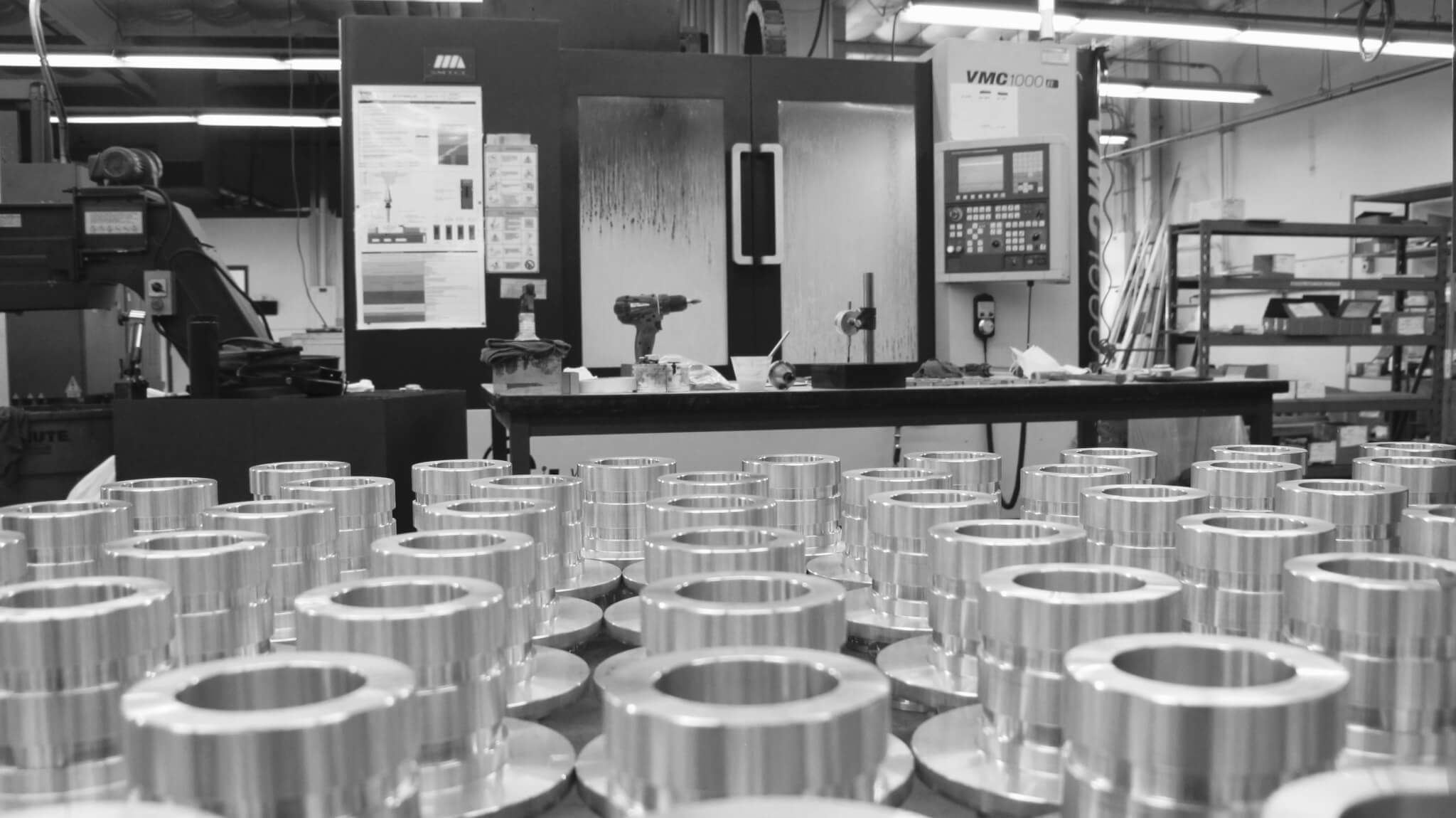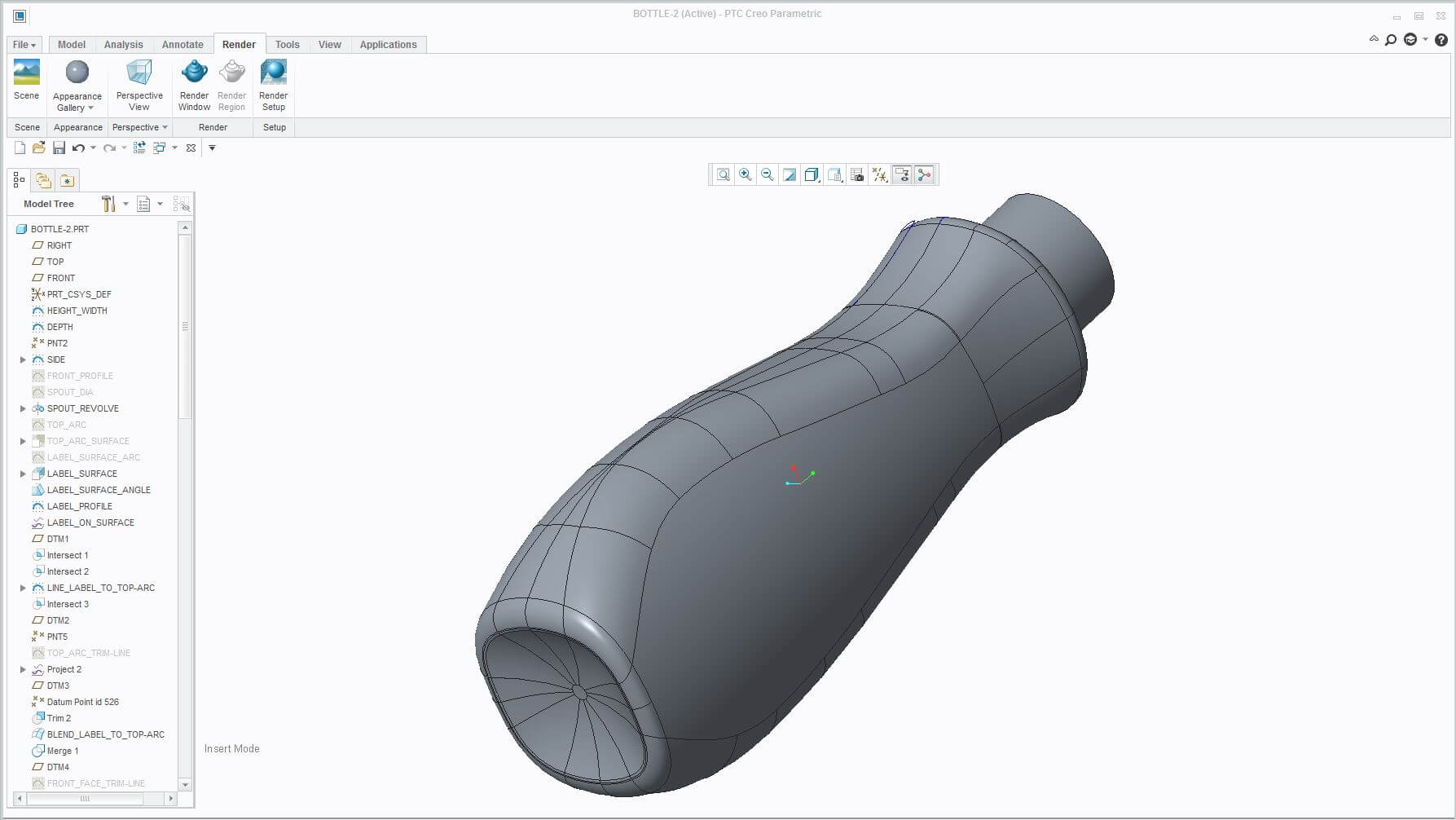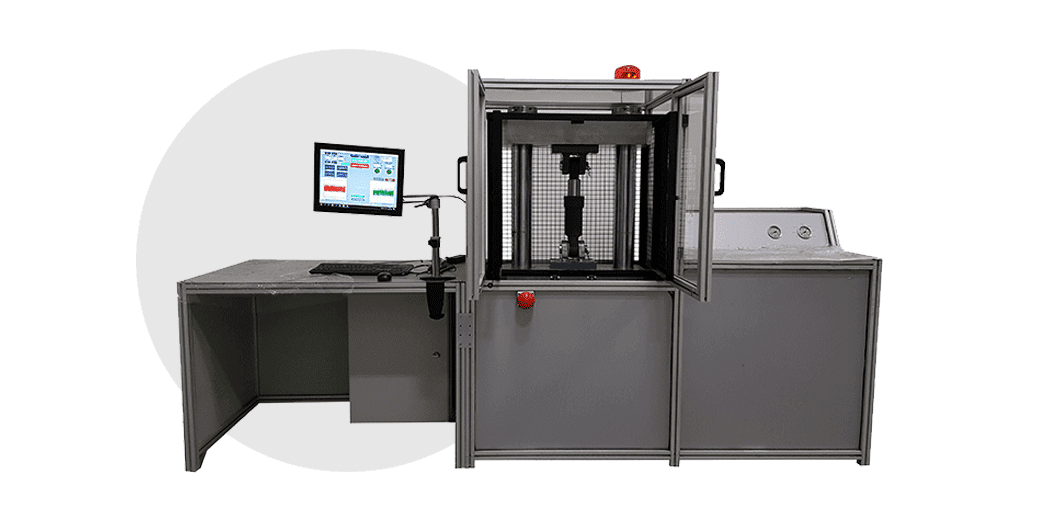Bringing a product design to market – no matter how physically large or small – is no easy feat. Working out a 3D CAD model of your new design is half of the battle, but the steps along the way can make or break your project. In this article we have listed the 5 steps needed to ensure that your next prototyping project is a success.
Step 1: Start with a well-researched concept
Make sure that your product concept has been researched properly before you commission a firm to manufacture it for you. Many companies approach prototyping firms with little knowledge of the market for their product. This makes it much harder to finalize an effective and industry-ready prototype.
Step 2: Turn the concept into a useful 3D CAD Model
Once you have researched your product’s industry properly and have an idea of how it should look, you will need to create a 3D CAD file of your design. You will need to choose one of the many software programs out there to complete the project and assist with your modeling. The choice of program will come down to the kind of prototype you are creating.
Once you have done this, the model can be sent to your firm of choice for the prototype manufacture stage. Potentially, the entire process from 3D CAD Modeling to the finished prototype could be outsourced to a firm of your choice.
Step 3: Proper prototyping
Even if your CAD design looks exactly how you want it to look, you can’t simply create your final product straight away. Before this takes place, you MUST create a prototype to ensure you don’t waste huge sums mass producing a poor product.
Renderings of your idea may also look fantastic on paper, but when manufactured may be faulty. Whether you are prototyping for aesthetic purposes or functionality, it is crucial that you complete this stage successfully before you move on to the production stage.
Technologies frequently put into use for prototyping and design models include 3D Color Printing, CNC Machining, Urethane Casting, Stereolithography, PolyJet 3D Printing and Fused Deposition Modeling. These options can produce a working prototype of your product in as little as 24hrs.
Step 4: Test out your product before full production
After a successful prototype of your product has been manufactured, you will need to display the prototype to the right people in your industry. Making sure that your product is something your customers actually need in their industry is a crucial – if often overlooked – step of prototyping.
It can save thousands if not millions in the long run and it is a great way to gauge the potential market for your new product. When, and only when, your product has an obvious market and customer base can you consider the next step of mass production.
Step 5: Mass production
Once you have assessed your target market and gauged the profitability of your product, you can now consider the mass production of your product. At this stage, you will need to invest in the actual workmanship involved in creating your product daily. This will be an extremely expensive process and it is essential you are financially ready for this process.











